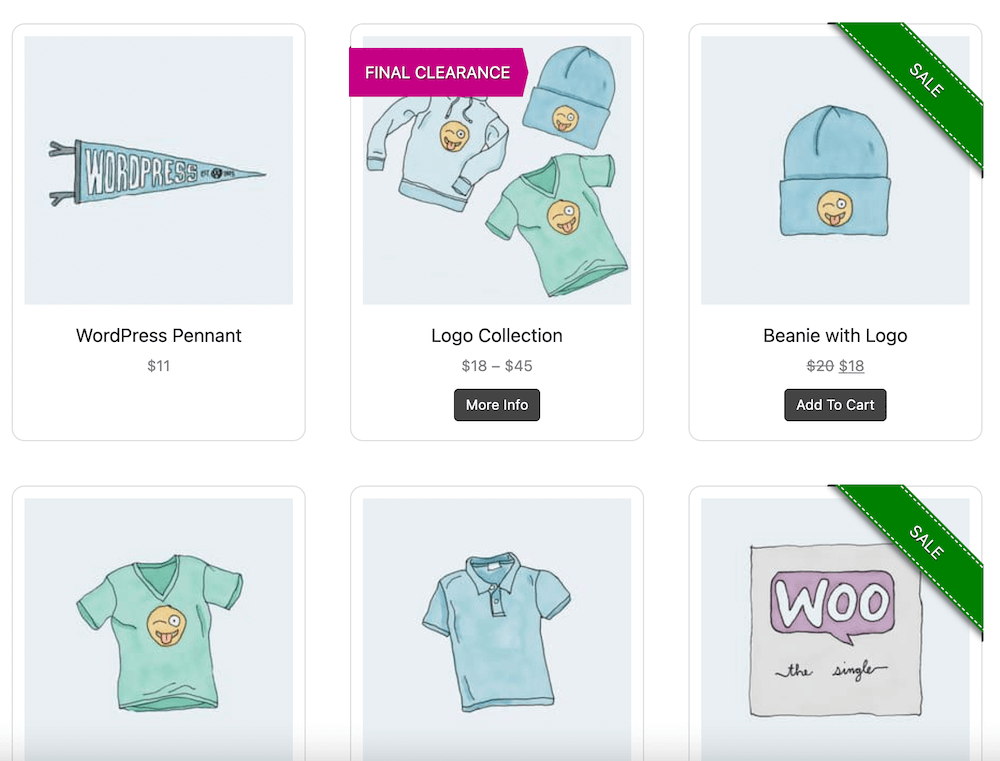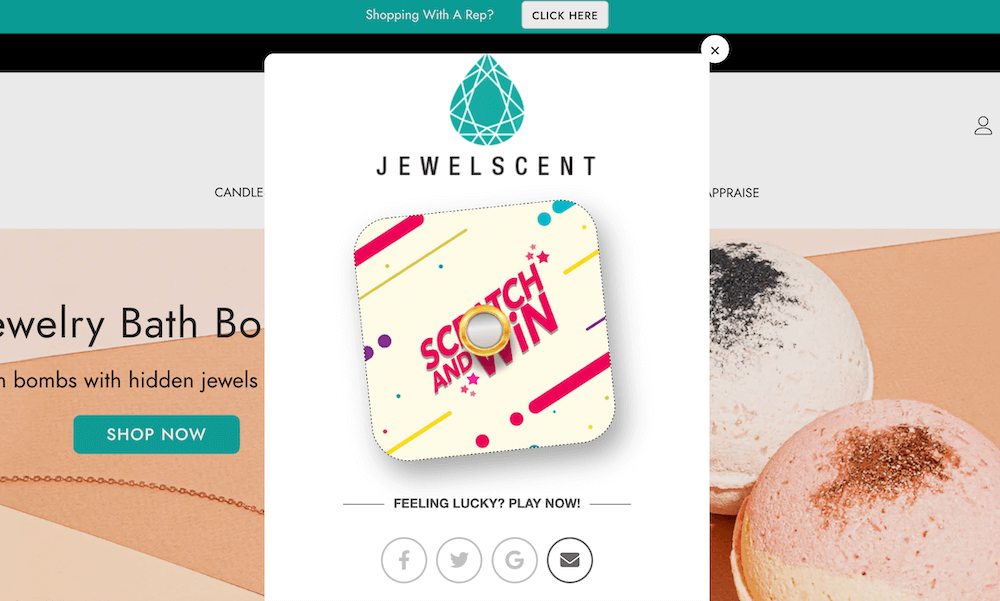There are anywhere between 12 – 24 million eCommerce websites online, with more going live every day. That makes it essential for you, as an eCommerce site owner using WordPress, to pull out all the stops when it comes to driving sales – and FOMO is a powerful tool for doing that.
What Is FOMO?
FOMO stands for “fear of missing out” or, according to a study of the phenomenon published in Computers in Human Behavior, “a pervasive apprehension that others might be having rewarding experiences from which one is absent.”
You’ll know the feeling, if you’ve ever rushed to buy concert tickets before they sell out, stood in line for the unveiling of the latest must-have mobile phone, or enviously browsed someone’s holiday pictures on Instagram.
FOMO was first noticed and studied by marketing strategist Dr. Dan Herman in the 1990s – but it’s become really prevalent in the social media age, with data suggesting that FOMO affects more than 50% of people using social networks.

48% of millennials admit to spending money on an event, product or service just to keep up with their friends – even though their funds were tight. This corresponds with the fact that Facebook contributes to people’s FOMO the most out of social media platforms (72%); most of us are strongly influenced by the choices we see family and friends making.
The Power Of FOMO To Drive Online Sales
Of course, the above statistics reflect “ambient” FOMO, generated by social media users and not under your direct control as an ecommerce site owner. Yet there are some powerful tools you can use to create FOMO, both on your social media feeds and on your product website once prospective customers have been pulled to it.
All of these leverage one of three psychological sensations: urgency (the feeling that time is running out); scarcity (the fear that a specific product is almost sold out); or social proof (the feeling that because a lot of people around you are doing or buying something, you should too).
Food, travel and events drive the most FOMO, research shows, but you can also turn stripey socks or landscape photographs into “must-haves,” by knowing our favourite FOMO tools and how best to use them:
Generate Urgency By Using Notification Bars
Notification bars are eye-catching page elements that website owners use to display important information to site visitors – anything from updates on delivery terms to new product arrivals. They can also carry dynamic countdown timers, to alert visitors to the launch – or ending – of a sale or special offer. Anyone who sees a countdown timer wants to at least click through to see the offer, to avoid the chance of missing out on something really good.
Here’s a screenshot of a countdown bar from FooBar:

Some marketers report that using countdown timers have increased sales by more than 300%. Another way to leverage the time factor with notifications is to run a “today only” sale.
FOMO is a manipulation of the mind, in essence, so it’s important to be sensitive to that fact even while prioritising sales. With notification bars, the golden rule is to keep them genuine – for example, never restart a countdown timer once it’s reached zero, or you might turn visitors’ FOMO into a negative feeling of being manipulated.
You can start creating notification bars of all kinds by installing a dynamic notifications plugin on your WordPress site, like our FooBar.
Display Product Scarcity To Increase Perceived Value
The less there is of something, the more we seem to value it. This was emphasised long before the term FOMO was coined, by a 1975 test using cookies. Two scientists showed test subjects identical glass jars, one containing ten cookies and the other two. The subjects all said they felt more drawn to the jar with the two cookies.
The same principal applies to products on an ecommerce website, and you can show decreasing product stock levels using a suitable plugin, like Nudgify. Again, it’s considered best practice to “play fair” when using the scarcity tactic – it wouldn’t be sporting to promote your three remaining items if you actually have 10.
Highlight Your Top Sellers
When we see that a lot of other people are buying a specific product, we naturally feel compelled to consider buying it too. That’s the power of social proof, in which people have a strong tendency to “follow the crowd”, based on the impression that so many people can’t be wrong. So it’s a good idea to shine a spotlight on your best-selling products. A great way to do that is by using a dynamic gallery plugin like FooGallery, which lets you overlay images with customisable “top seller” ribbons.

Show Product Purchases In Real-Time
Another way to leverage social proof to build FOMO is by showing real-time sales on your website. With a plugin like TrustPulse, you can automatically display the name and location of verified website visitors whenever they make a purchase. According to TrustPulse, such verified activity notifications has been shown to increase ecommerce conversions by up to 15%. Here on OptinMonster – which is an excellent FOMO plugin that leverages FOMO on its own website – you can see TrustPulse notifications about individuals’ purchases.
Meanwhile, Share Your Purchase is a plugin that lets buyers share their purchases to various social media platforms, with a click. It’s highly customisable and, remembering the leading role that Facebook plays in FOMO, it’s a good idea to emphasise Facebook sharing as the main Call to Action.
Encourage Reviews And Ratings To Stimulate Sales
Product reviews are powerful. Research shows that 91% of people read reviews and 84% trust them as much as they would a personal recommendation. In general, buyers trust what other buyers say more than they trust what a seller says. Encouraging and highlighting product reviews on your site could turn casual browsers into buyers.
You can even incentivise buyers to post a review right after they make a purchase, in return for a discount on their next one. At the very least, enable buyers to rate products (e.g., stars out of five), which only takes a second. Here are some of the most popular plugins for adding reviewing and rating functionality to your WordPress site.
Before You Go: Exit-Intent
Have you ever been about to close a web page, only to have a pop-up notification appear, asking you to reconsider – and perhaps even offering you a special offer or discount coupon if you stay? The website’s owner was leveraging exit-intent, in which your cursor movement was being tracked. As soon as the software realised you were moving the cursor to the “X” at the top of the page, it triggered a pop-up to try and change your mind. Have a look at Jewelscent’s use of exit-intent below. Think you can resist a free “scratch and win”?

Does this tactic work? According to data, anything from 10% to 15% of website visitors can be “retained” using a persuasive exit-intent popup. When you consider that between 70% to 96% of visitors who leave your site will never return, it makes sense to have one last go at keeping them on it. Here are some of the best WordPress plugins for leveraging exit-intent.
Other FOMO Tactics
There are several other ways you can generate FOMO on your website:
- Up-sell and cross-sell products to encourage buyers to increase their basket size.
- If you can afford it, offer free shipping for a limited period.
- Post a “last day to order” notification in the run-up to occasions like Christmas and Mother’s Day.
- Offer a free gift with purchase of a specific product – limited to the first 10 buyers.
- Let visitors know that a popular product you ran out of in the past is now back in stock.
One Final Reminder
With less than four months to go until 25 November – this year’s Black Friday – it’s a good idea to start prepping your FOMO strategy now, and to keep a calendar of all occasions when people will be shopping more online, so that you can give them a friendly FOMO nudge or two.
Good luck with sales on your ecommerce store and please share any additional helpful tips for other readers in the Comments.